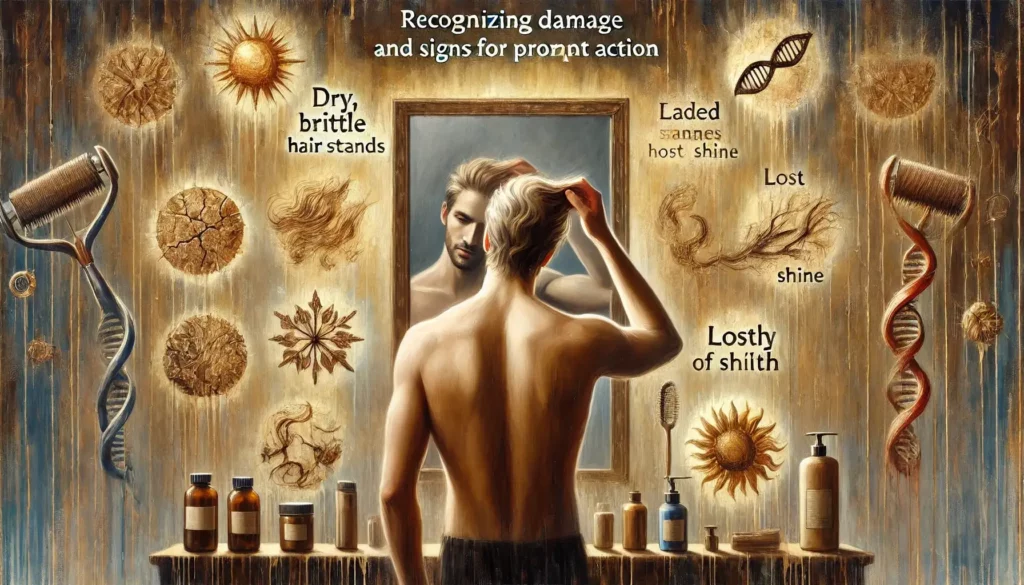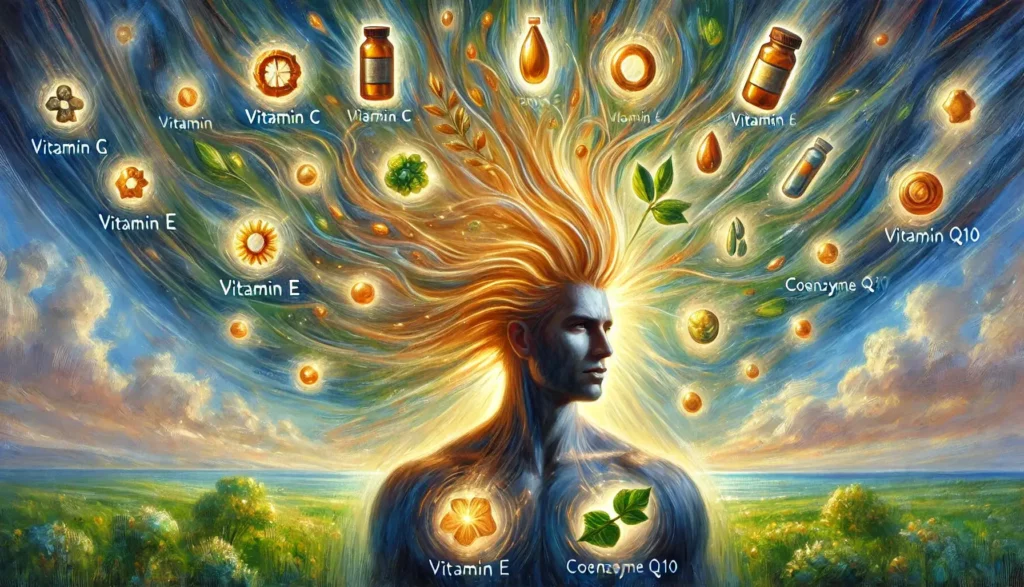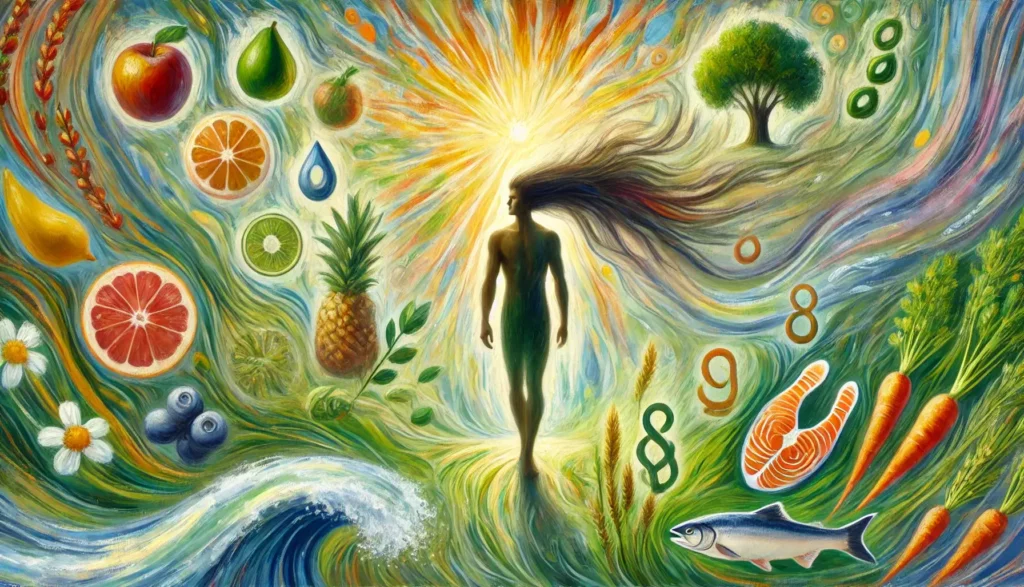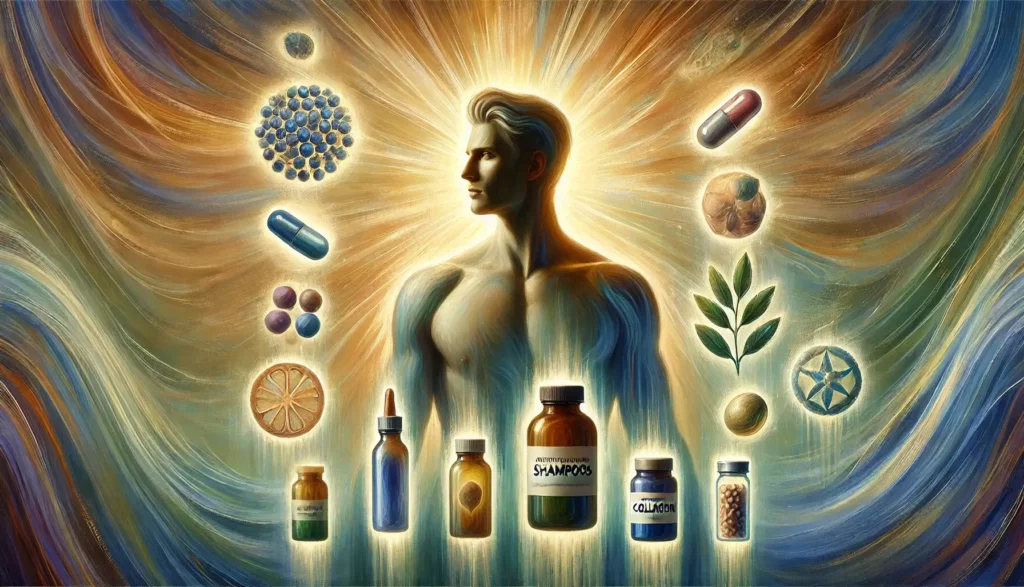There’s more happening above our heads than just sunshine. UV rays, especially UV-A and UV-B, have a not-so-friendly relationship with your hair. These rays are like that friend who shows up with a bit too much energy, leaving your hair’s cuticle layers frazzled. They sneak into the keratin, the very stuff that gives your hair its strength, and play havoc with its structure. To top it off, these rays mess with your hair’s natural color, causing fading and discoloration that no one asked for.
Now, the air we breathe isn’t always a clean slate either. Particles like PM2.5 (tiny but mighty in their ability to cause trouble), smog, and exhaust gases join the UV rays in their mission against our hair. These pollutants latch onto hair, eroding its strength and inviting more damage. It’s like your hair’s having a bad day, every day.
Understanding how these environmental factors damage your hair is the first step in protecting it. It’s not just about covering up; it’s about knowing the unseen battles your hair fights daily
🔍 Recognizing Damage and Signs for Prompt Action
Caring for your hair starts with recognizing the signs that it’s under siege from UV rays and pollution. Dryness is one of the first symptoms, where your hair feels more like straw than silk. Then comes breakage, with strands snapping like twigs under pressure.

Another tell-tale sign is the loss of shine — that healthy glow your hair used to have goes dull, leaving it lifeless. Ever notice your hair suddenly looking a different shade? That’s environmental damage waving its flag.
Regular checks and a bit of detective work can save your locks. Getting up close with a mirror periodically or asking a friend’s honest opinion can be enlightening. Keeping your hair’s health top of mind is crucial for timing repairs and counteracting damage before it becomes severe.
Antioxidants are like your hair’s bodyguards, always ready for action. Studies back up their claims of defense, showing how they neutralize harmful free radicals caused by UV rays and pollution. This prevents those radicals from wreaking havoc on your hair’s structure.
Vitamin C and Vitamin E take the lead in this protective squad, with Coenzyme Q10 and Green Tea Polyphenols adding some extra muscle. Each of them fortifies and enhances hair resilience, keeping it strong and vibrant. So, when you’re picking hair products, these are the ingredients you’ll want on your team.
The big debate often lands on topical versus oral antioxidants. Topical treatments like serums and shampoos target issues directly at the surface, providing instant protection by forming a barrier. Orals supplements work from inside out, though their effects might take longer to show. If it’s quick action you need, topical’s the way to go.
🧼 Practical Daily Routines for Hair Protection
Daily habits play a key role in keeping your hair shielded from environmental nasties. Every morning, think of adding a protective leave-in spray as essential as brushing your teeth. Keeping a hat handy isn’t just a fashion choice; it’s practical protection, especially when the sun’s out in full force.
The frequency of antioxidant products really depends on your lifestyle. If you’re often out under the sun or in polluted areas, daily use is your friend. On quieter days, perhaps dial it down. Simple adjustments help maintain a balance without overwhelming your hair care routine.

Remember, UV rays don’t take a break when it’s cloudy or chilly. Those rays are sneaky, working just as hard to damage your hair—not exactly the holiday you’d hoped for.
A bonus tip for riding this seasonal wave: in the summer, the combo of UV plus ocean shouldn’t be brushed off lightly. In winter, it’s cold weather joining city pollution in a tag-teaming effort against your hair. Switching up products or routines seasonally can be a game changer, maintaining that healthy hair glow all year round
🧘 Holistic Lifestyle Choices for Stronger, Healthier Hair
Protecting your hair isn’t just about what you put on it—it’s also about what you put into your body and how you live your daily life. A nutrient-rich diet packed with antioxidants, omega-3 fatty acids, and vitamins like biotin and vitamin D can provide the raw materials your hair needs to stay resilient against environmental stressors.
Regular physical activity boosts blood circulation, ensuring your scalp gets the oxygen and nutrients needed for healthy hair growth. Plus, staying active helps manage stress, another major contributor to hair damage.

Avoiding excessive alcohol consumption and steering clear of highly stressful environments further fortifies your hair’s natural defenses. Chronic stress floods the body with cortisol, a hormone that can weaken hair follicles over time. Small daily habits like meditation, mindful breathing, and even simple walks in nature can create a stronger, healthier foundation for your hair to thrive.
🧴 Choosing the Right Products and Supplements for Extra Protection
While lifestyle plays a massive role, the right external support shouldn’t be underestimated. Look for shampoos and conditioners enriched with antioxidants like vitamin C, green tea extract, and argan oil to build an extra barrier against environmental assaults.
Leave-in conditioners and serums that include UV filters are especially useful for daily protection, particularly if you’re often outdoors. They create a lightweight shield without weighing your hair down.
When it comes to supplements, anti-stress blends containing adaptogens like ashwagandha and Rhodiola can help regulate cortisol levels, indirectly supporting hair health. Meanwhile, hair-specific supplements that include biotin, silica, collagen peptides, and a solid dose of antioxidants can provide targeted internal reinforcement.

By combining smart product choices with strategic supplementation, you create a double layer of defense—inside and out—that keeps your hair stronger, shinier, and better equipped to face the invisible enemies in our environment.
Stay with us — the best is yet to come.
By following our advice, you’re doing the most you can for your hair.
Be the first to know when we publish new guides, tests, and proven strategies for stronger, healthier hair.
👉 Visit the About Me page to learn more about my journey, mission, and why helping people with hair health is so personal to me.
Want healthier, stronger hair? Discover 8 science-backed habits that protect your scalp and boost natural growth. Get your free PDF guide today!
Disclaimer: This article is for informational purposes only and is not a substitute for professional medical advice. Sensitive claims are supported with scientific references, and full product details can always be found on the official websites of the respective manufacturers or distributors.
Some links in this article are affiliate links. If you choose to make a purchase through them, I may earn a small commission at no extra cost to you — helping me keep HairGrowGenius running. Thank you for your support!

❓ FAQ: UV Rays, Pollution, and Hair Protection
🌞 How do UV rays damage hair?
UV rays break down hair proteins, fade color, and dry out the hair shaft. Prolonged exposure can also weaken the scalp and make follicles more fragile.
🌫️ What effect does pollution have on the scalp?
Airborne pollutants like smoke, smog, and dust can clog pores, cause inflammation, and trigger scalp sensitivity or dandruff — all of which affect hair growth.
🥦 Can antioxidants really protect my hair from UV and pollution?
Yes. Antioxidants help neutralize free radicals caused by UV exposure and pollutants, reducing oxidative stress on the scalp and hair follicles.
🧴 What kind of products offer the best protection?
Look for leave-in conditioners, scalp serums, and sprays with UV filters, green tea extract, vitamin C, vitamin E, or plant-based oils like argan and jojoba.
🧾 Last updated: June 2025 based on environmental dermatology and hair science


Leave a Reply